Winemaking process
Rice wine brewing raw materials
Shaoxing rice wine uses glutinous rice as the "meat", wheat yeast as the "bone" as the "soul", and Jianhu water as the "blood". After 2500 years of skill, it has become the "Crown of Oriental Wine". Especially its "Jianhushui" has a unique contribution. "The world's spirit spring Huijian Lake, made of fine wines with exceptional color and fragrance". The water of Jianhu Lake comes from 36 small streams in the foothills of Kuaiji Mountain. It is filtered and purified by rock formations and gravel. It contains trace minerals, is moderate in hardness, and is clear and pure. It is very suitable for wine making, beyond other waters.
Shaoxing rice wine has been passed down for thousands of years of acid making skills: making wine medicine in July of the lunar calendar, making wheat koji in August and September, Xiaoxue making wine mothers, feeding and brewing before and after heavy snow, using a unique double fermentation process to ferment for more than 90 days. Decoction of the wine, then mud-sealed storage, generally stored for more than three years before the market. Wine, the more aging, the more fragrant, the more aging the more mellow.
Jianhu water is "blood"

In the Qing Dynasty Liang Zhangju said in "Langji Continued Talks": "Between the Yin and Huiji, the water is suitable for wine, and the relocation is not good. Therefore, there are Shaoxing people in other places who make brews according to the law, and the water is different, and the taste is Far inferior," Jianhu Lake has clear and transparent water, moderate hardness, low water color (chroma 10), high transparency (average 0.86 meters, up to 1.40 meters), high dissolved oxygen (average 8.75 mg/L), and low oxygen consumption (The average BOD5 is 2.53 mg/L) contains the advantages of trace elements and other advantages. At the same time, the water temperature is low in winter and contains less bacteria. It is a suitable season for wine fermentation. Therefore, Shaoxing wine must be brewed in winter, which is in line with scientific principles.
Sticky rice is "meat"

"Han Shu Pingdang Biography" records: "One bucket of rice is the upper bottle, one bucket of millet is the middle bottle, and the next bucket of corn is the bottom bottle." "Nu is the top. Millet is in the middle and millet is in the lower. "Different brewing materials affect the quality of wine. The refined white glutinous rice of the year has low protein and fat content, and relatively high starch content in endosperm, good saccharification and fermentation effect, clear wine, and sufficient aroma; there are more dextrins and oligosaccharides remaining after fermentation, making the wine mellow and sweet .
Wheat song is "bone"

The Ming Dynasty "Tiangong Kaiwu" records: "Whoever brews wine, must use Qu medicine to become a letter, without song, that is, Jiamizhen millet, nothing can be made." It illustrates the important role of wheat yeast in winemaking. Wheat koji is a special saccharifying agent for wine making using wheat as the raw material, through the steps of rolling wheat, adding water, mixing, stepping, and cutting to cultivate beneficial microorganisms. High-quality wheat has a variety of nutrients such as protein and fat, and has good viscosity and porosity, which is conducive to the growth and reproduction of microorganisms; it is an important reason for the formation of the unique flavor and style of the wine.
Alcohol and medicine are the "soul"

Alcohol medicine will grow many microorganisms, and the enzymes secreted by these microorganisms, such as amylase, glucoamylase, protease, alcoholic enzyme, etc., have a certain biocatalytic effect. When koji is added during wine making, starch, protein and other substances in grains can be converted into sugars and amino acids. Sugars will be decomposed into alcohol under the action of alcoholic enzymes.
The traditional process of rice wine brewing

Soak rice
The origin of wine is closely related to the development of primitive agricultural civilization. In the Neolithic period about 10,000 years ago, the Chinese ancestors were able to make tiles for pottery and the cultivation of rice and millet crops, which created objective conditions for the production and artificial brewing of wine. At the same time, wine gradually became a primitive tribal period. God offerings and healing things.

Steamed rice
?
Steaming rice is to heat and gelatinize the starch in glutinous rice to facilitate saccharification and fermentation. Cooking must be cooked and not battered, without white heart, thorough but not rotten, and consistent maturity.

Drop cylinder
?
Feeding and dropping the vat is to mix water, rice, and wheat koji, connect with saccharifying bacteria and yeast, and put them into the vat for saccharification and fermentation.

Pre-leavened rake
?
Raking is the process of using a wooden rake to stir the mash in the fermentation tank. By opening the rake, the upper and lower product temperature of the mash can be adjusted, so that the fermentation components are evenly up and down, and the carbon dioxide is discharged to supplement oxygen, so that the saccharification bacteria and yeast can grow and multiply better under suitable conditions, which can inhibit the invasion of miscellaneous bacteria and make the fermentation normal .

Post-fermentation·Altar Fermentation
?
After the pre-fermentation is over, a large tank of mash is poured into the wine jar for post-fermentation. The purpose of filling the jar is to reduce the air contact area of the semi-finished product, prevent excessive volatilization of alcohol, and control the intrusion of miscellaneous bacteria, which is conducive to the long-term fermentation of yeast under low temperature and hypoxia to improve wine quality.

Press
Squeezing is to separate the liquor and distiller's grains in the semi-finished product, that is, to filter into sake, which is convenient for decoction.

Fried wine
The main purpose of decoction is to kill microorganisms and destroy the residual enzyme activity, so that various components in the wine are basically fixed to prevent the wine from rancidity and deterioration during storage; the second is to promote the maturity of the wine and coagulate some soluble proteins. After precipitation, the color of the wine becomes more clear and transparent.

Close the altar
?
After the rice wine is decocted and sterilized, it is poured into the sterilized wine jar. The mouth of the jar is immediately wrapped with lotus leaves and chopsticks that have been boiled and sterilized, and then tied tightly with fine silk. After the mouth of the altar is pierced, workers will paste the mud head after a certain amount of trimming, which will be used as a barrier for perennial storage.
The relationship between wine quality and natural climate: good wine knows the season
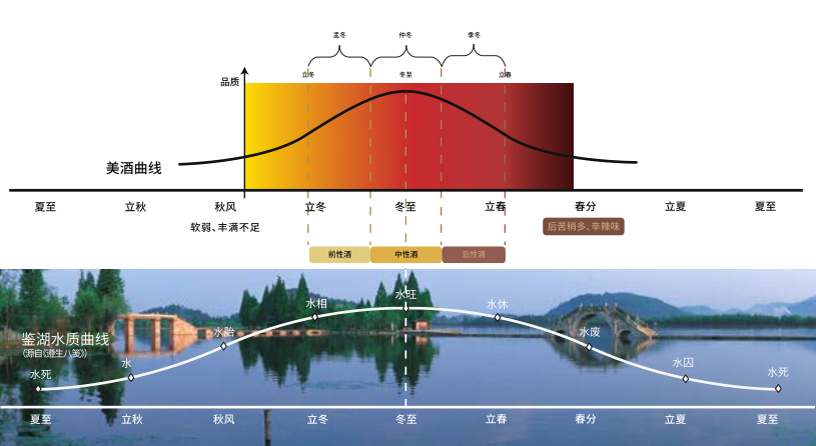
?The "Book of Rites·The Order of the Moon" records: the moon of midwinter is the fate of the great chief, the rice must be qi, the koji must be in time, the blazing fire must be , the water spring must be fragrant, the pottery must be good, the fire must be obtained, and the six things must be used together. There is no loan for the Great Chief Superintendent.
Schematic diagram of the fermentation time of traditional winter rice wine
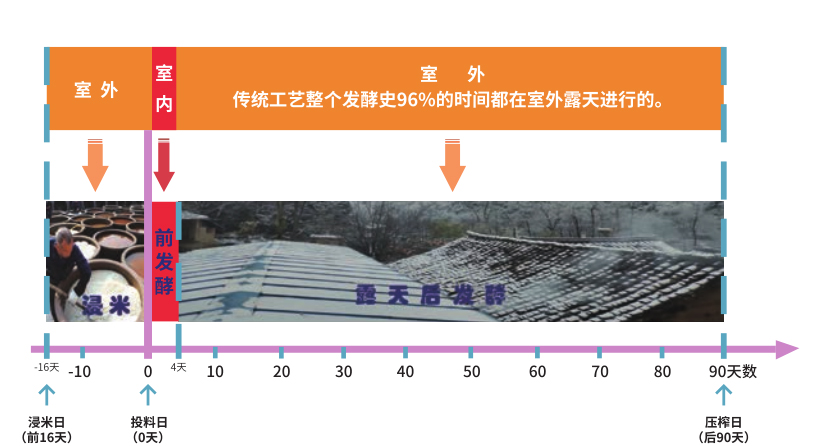
What people have to do in front of nature is to let the flow go, and in the process to give full play to their nature
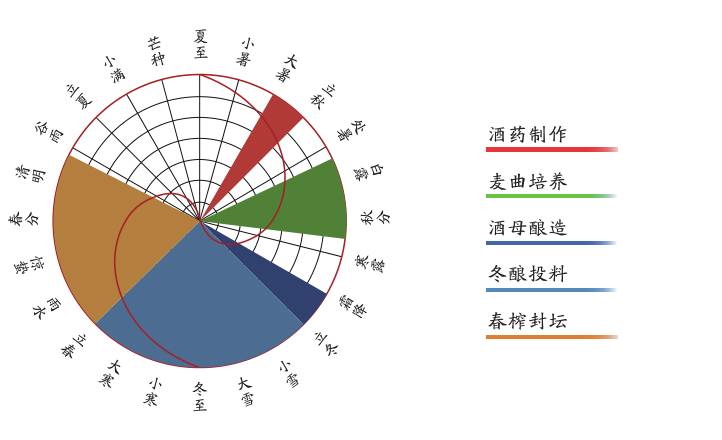

Use unit of geographical indication of origin of Shaoxing wine
National Intangible Cultural Heritage-Traditional Brewing Technology of Shaoxing Rice Wine
Shaoxing time-honored brand
Passed HACCP food safety system certification
Shaoxing Wine Export Enterprise of the People's Republic of China
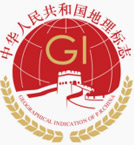
Friendship link:Yongchangyuan
Zhejiang Dayue Shaoxing Wine Co., Ltd. All rights reserved 浙ICP備2021021830號(hào)-1 www.300.cn
Contact information
Sales (custom) hotline:
Address: West Side of New Sanjiang Gate, Yuecheng District, Shaoxing City, Zhejiang Province
Tel:(0575)85209988 / (0575)85641387
Phone:15905756678
Fax:(0575)85109902

Taobao shop

Wechat QR Code
Zhejiang Dayue Shaoxing Wine Co., Ltd. All rights reserved 浙ICP備12345678號(hào) www.300.cn



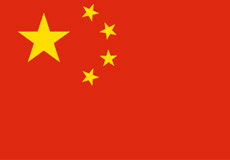 中文
中文 English
English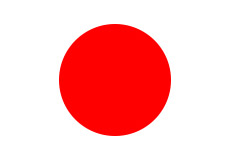 日語
日語